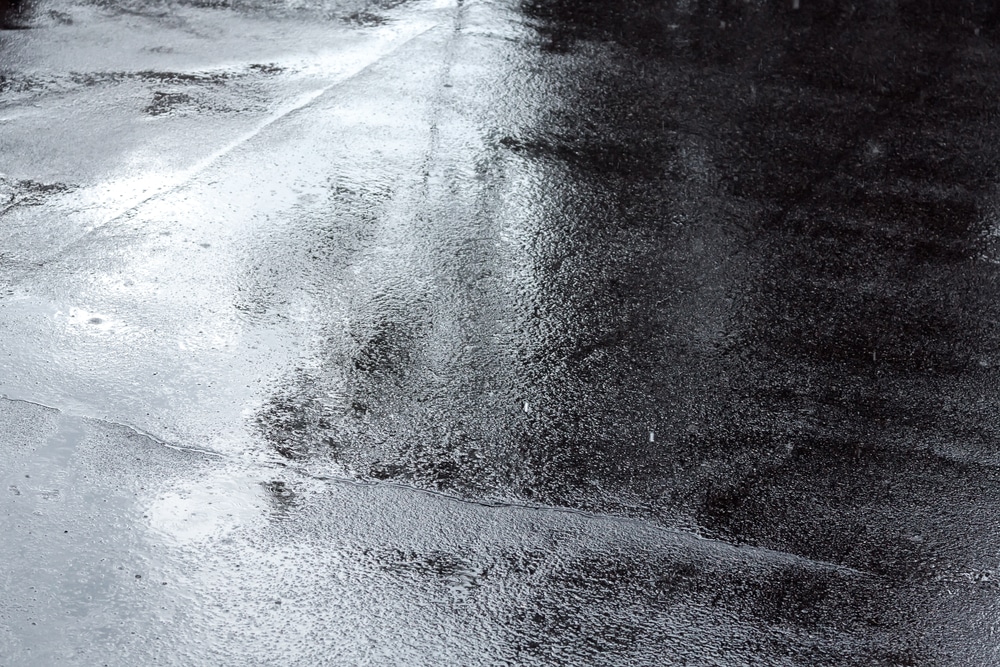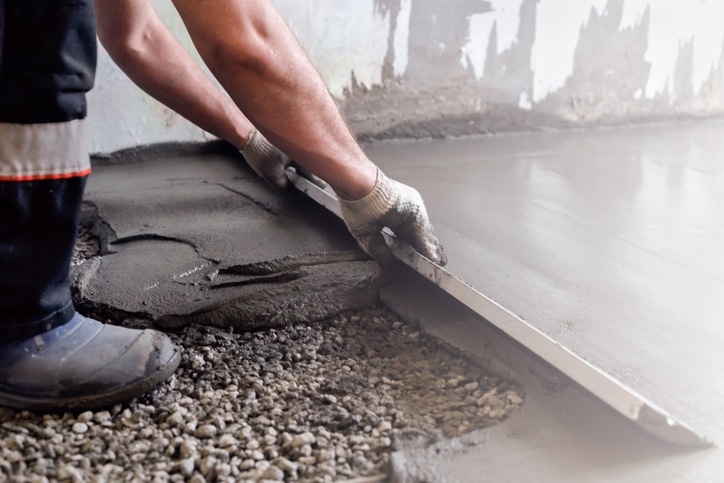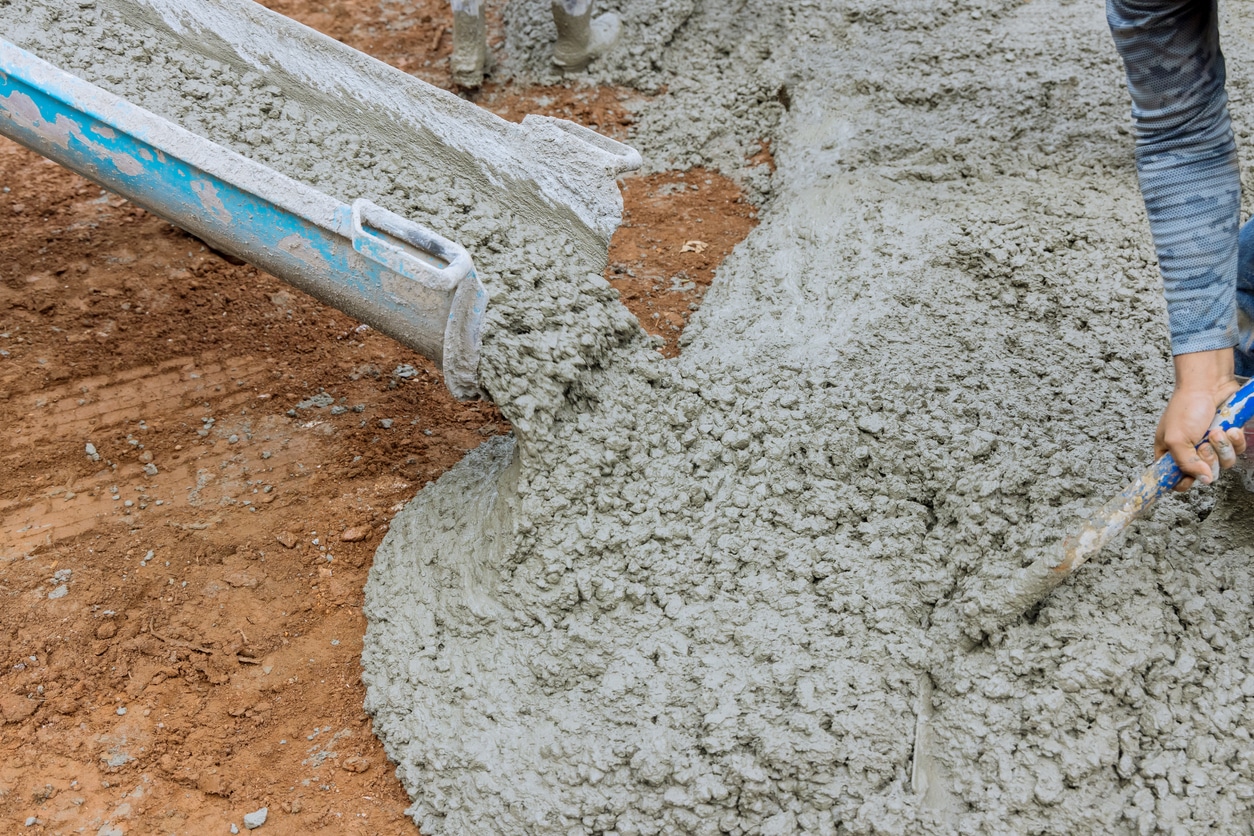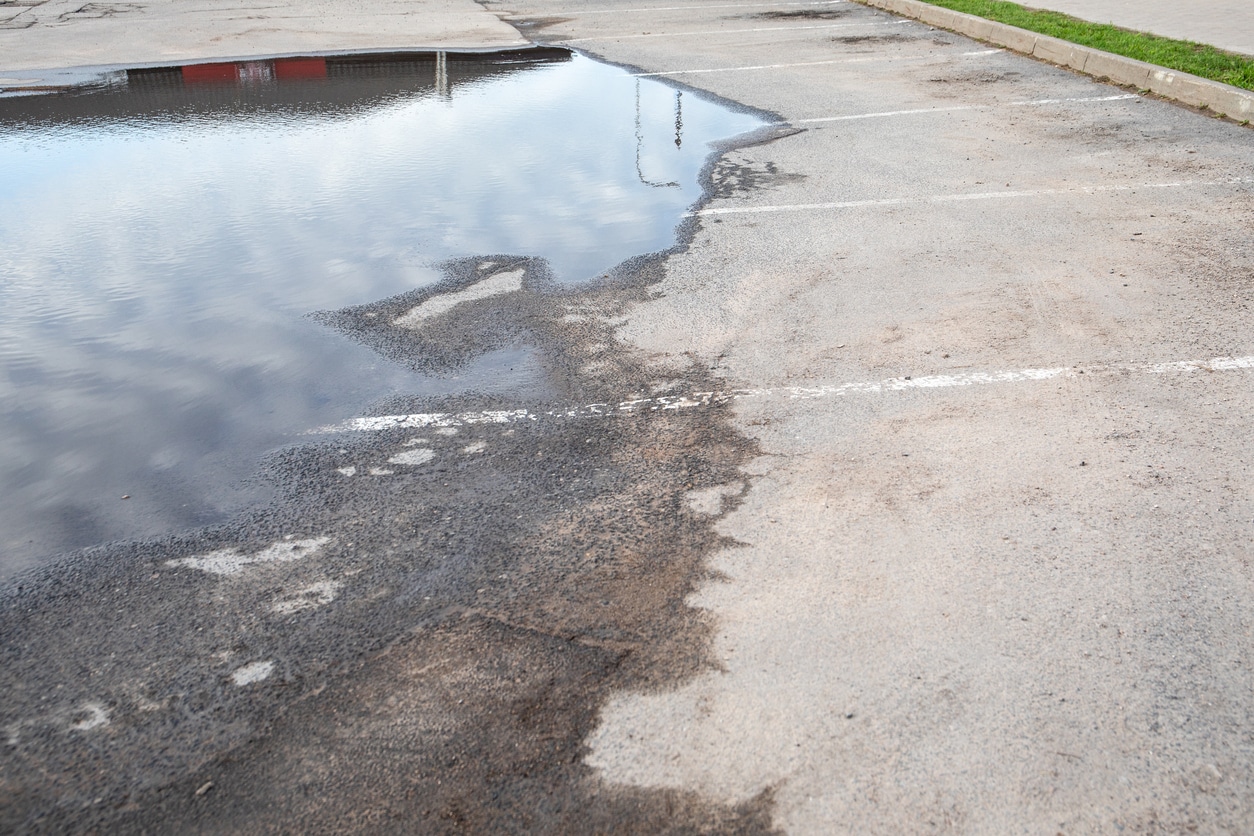If you're undertaking a retail or other commercial construction project, it's important to understand the…

Conserve Resources with Permeable Concrete Sidewalks
Few sidewalk materials match the sustainability of concrete. It’s made from abundant and renewable resources (water, natural rock, and cement limestone). Concrete can also be crushed and recycled into granular fill or concrete aggregate at the end of its lifetime. It may surprise you to know that concrete can help manage and conserve water resources, as well. With the right type of permeable concrete and the help of professional sidewalk contractors, your community can minimize its risk of flooding.
Flood-Proofing Communities with Permeable Concrete Sidewalks
Permeable or pervious concrete is a highly porous building material. The absence (or minimal inclusion) of fine aggregates like sand or clay in permeable concrete allows water to pass through it and seep into the ground.
Traditional concrete stops water from seeping into the ground. It causes surface runoff, which carries pollutants into your community’s waterways. Permeable concrete, on the other hand, mimics soil and soaks up water. It minimizes rainwater runoff and recharges groundwater supplies.
The mostly coarse aggregate gives permeable concrete its traditionally rough appearance. When used on sidewalks, the rough finish provides better traction when wet. It helps prevent slips, falls, and other accidents while walking.
Professionals can also change the look of permeable concrete thanks to different treatment options. For instance, grinding gives permeable cement a smoother finish akin to regular cement while tinting the concrete with mineral pigments gives it color.
The applications of permeable concrete ranges from sidewalks and low-volume pavements to parking lots and swimming pool decks.
Lower Odds of Sewer Overflow and Flooding
Using pervious concrete on sidewalks, pavements, and other areas around the community reduces the need for retention basins and water collection areas. A well-designed pervious pavement project keeps the water table below it at an appropriate level and ensures the ground absorbs the rainwater.
Moreover, permeable concrete acts as a filter because it only allows water and other liquids to pass through. It traps suspended solids and pollutants, preventing them from getting into the water stream and keeping the waterways cleaner. It also further lowers the odds of sewers from overflowing and flooding.
Permeable concrete sidewalks are helpful in drought-prone areas, as well. It reduces the occurrence of standing water and acts as a water harvesting system. It diverts the water either into lawns and greenery or to a storm sewer.
Installation and Maintenance Savings
Permeable concrete offers financial benefits, too. Although the estimated cost of pervious concrete may be higher than regular concrete or asphalt, the reduced need for retention basins, curbs, and other water collection installations saves money. The lack of underground piping, storm drains, or sloping also translates to more reasonable sidewalk installation costs.
During winter, permeable concrete needs less salt or de-icing treatments than traditional concrete, which adds to overall maintenance savings. Additionally, properly installed permeable concrete can last between 20 to 40 years like regular concrete — translating to lower costs for the same lifespan.
At K&E Flatwork, you can trust us to know the latest and best concrete options for your commercial concrete sidewalk project. Our team of professional concrete pavers, engineers, and project managers are just a call away whether you need advice or a reliable contractor.





This Post Has 0 Comments